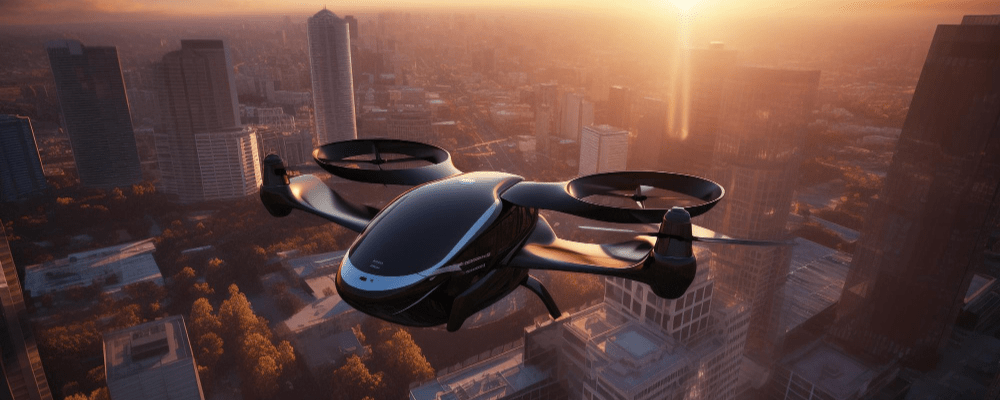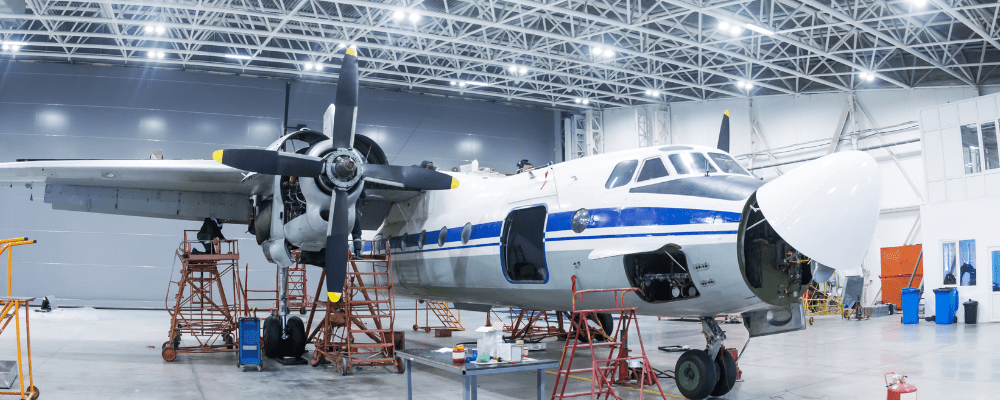In today’s rapidly evolving technological landscape, the aerospace industry remains at the forefront of innovation, consistently pushing boundaries and breaking new ground. This blog will explore cutting-edge developments and trends within the aerospace sector. We’ll delve into the latest aerospace industry innovations and their implications for the future.
Aerospace Industry Innovations: A Technological Overview
The aerospace industry, known for its ever-evolving nature, has been consistently at the forefront of technological innovations that have significantly impacted how we perceive and interact with the realm of flight. This technical overview delves into four key innovations reshaping the aerospace landscape.
Materials Revolution in Aerospace
The Materials Revolution is one of the most groundbreaking innovations within the aerospace industry. This revolution represents a seismic shift in materials science and engineering. Advanced composites are rapidly replacing traditional materials, prominently including carbon fiber-reinforced polymers. The implications of this transition are far-reaching.
These advanced materials offer a unique combination of reduced weight and enhanced structural strength, a game-changer for aerospace. The reduction in aircraft weight leads to significant improvements in fuel efficiency. Lighter aircraft require less energy, reducing fuel consumption and lowering emissions. This, in turn, not only benefits the environment but also significantly lowers operational costs for airlines, a fact to be considered in an industry marked by tight margins and fierce competition.
Furthermore, the integration of carbon fiber-reinforced polymers in aircraft components has substantially increased their overall performance. These materials exhibit high strength-to-weight ratios, enhancing the aircraft’s structural integrity while reducing its weight. It translates into improved maneuverability, better range, and superior payload capacity.
The Materials Revolution in aerospace represents a quantum leap in the industry’s quest for more efficient, cost-effective, and environmentally responsible operations. The shift towards advanced composites has redefined the possibilities in aircraft design and production, allowing for innovations that were once considered beyond the realm of possibility.
Electric Propulsion Systems
Electric propulsion systems have been gaining significant momentum in the aerospace industry, particularly in the emerging sector of urban air mobility. This innovation is characterized by transitioning from conventional internal combustion engines to electrically powered systems. The implications of this shift are multifaceted and incredibly promising.
First and foremost, electric propulsion systems hold the key to substantially reducing emissions. With environmental sustainability being a core concern for the aerospace industry, these systems are positioned as a vital innovation in the quest for a greener and more sustainable aviation landscape. The shift from fossil fuels to electricity in propulsion translates to lower greenhouse gas emissions and reduced reliance on finite resources.
Moreover, electric propulsion systems also promise to be significantly more cost-effective in the long run. Electric aircraft’s operational costs are notably lower than their conventional counterparts. Reduced fuel costs and the simplicity of electric motor maintenance contribute to this cost-efficiency.
The demand for efficient and eco-friendly urban air mobility solutions is rising as the world continues to urbanize. Electric propulsion systems align perfectly with this growing trend, offering quieter, more environmentally friendly, and economically sustainable aircraft.
Electric propulsion systems represent a revolutionary step forward for the aerospace industry. By addressing pressing emissions and operational costs, they stand at the forefront of efforts to transform aviation into a more sustainable, accessible, and economically viable mode of transportation.



